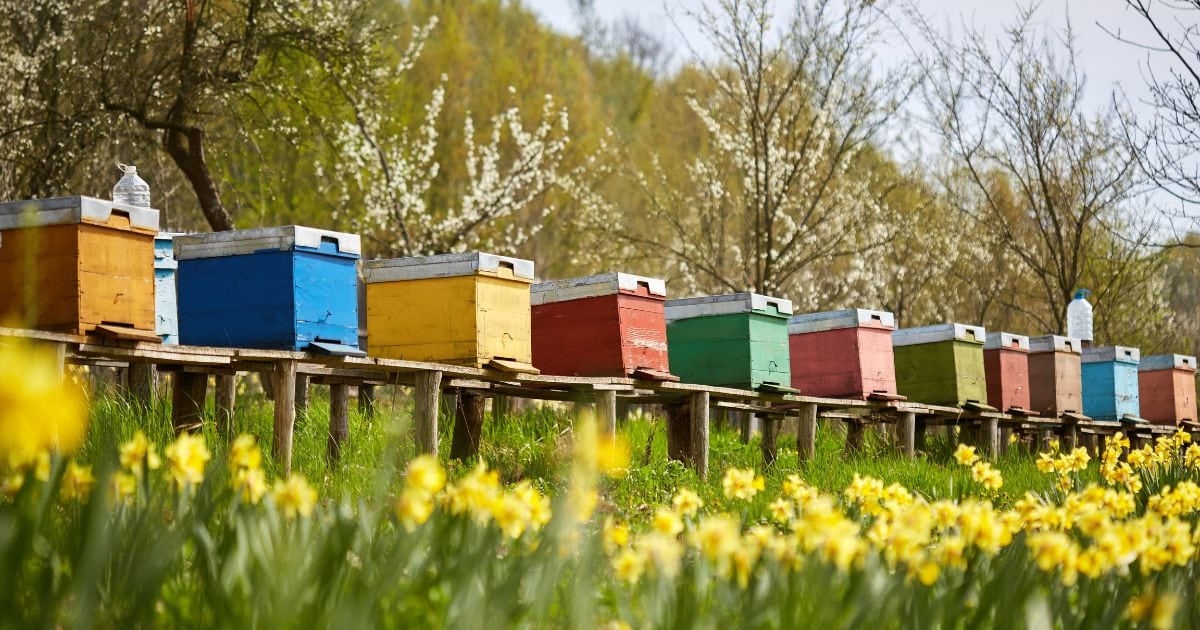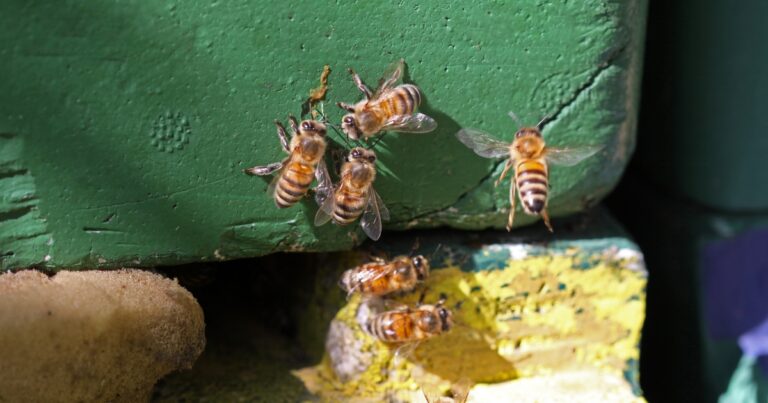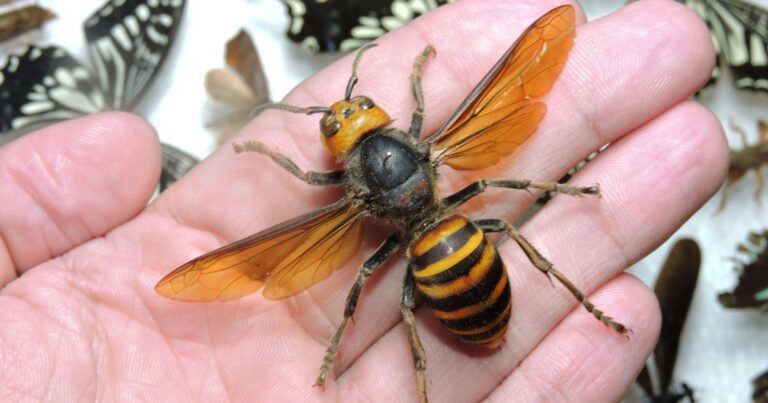Ben’s Tips for Getting Ready For Spring
Brighter days in Melbourne have me thinking about the onset of spring. Blue skies and smiling faces have me wanting to share some information about what I’ve been up to over winter, in preparation for the bees emerging from their snooze.

When the cold of winter sets in, it doesn’t mean I slow down! As many of you know, I often travel the world, learning from other beekeepers as we share information.
I fondly remember a sojournment to Europe during the European summer in pre-Covid times. I wanted to experience different ways of beekeeping and learn from some of the most knowledgeable and kind-hearted people I have met.
The trip filled me with new information and ideas for the coming year, and it made me feel excited about the many developments that were happening at Ben’s Bees.
As soon as I arrived home, I became a busy little bee, working around the clock to get ready for the soon-arriving bee season.
This included:
- making bee-supers to increase the strength of my hives
- building new boxes, lids and bases to replace those old hives that have exceeded their expiry date; and, perhaps the biggest job of all,
- wiring and embedding the frames.
I had at least 300 frames prepared for spring – knowing that I would run out!
Like other ‘love jobs’, there isn’t really any time off for a beekeeper. Even when the sun goes down I’m rugged up inside with my family, making candles and wax products as the kids play and sleep.
October is by far the busiest month for me, as new keepers become interested in bees and setting up their own hives.
This is always a thrill for me, as there’s nothing I love more than spreading an interest in bees.
I also find that newer beekeepers from the previous year decide to expand their hobby to house more hives on their property! It brings a smile to my face watching someone’s hobby grow, and keepers reaping their first batches of honey for the kitchen pantry.
Something I found really exciting and refreshing about Europe is this ‘slow’ approach to food and life; by keeping your own bees, producing your own honey and buying locally, you are part of this way of living. For me, this perspective on life nurtures the soul and rewards independent businesses over large, and sometimes unethical, corporations.
So, what does springtime mean for the bees?
Actually, spring can be a little dangerous for a colony of bees! This is especially true of the Italian subspecies we have in Australia. Unlike the Caucasians and Carniolans, Italian honey bees increase breeding within the hive.
This means if we get a false start to spring and winter conditions return, the bees can starve! Over winter, bees decrease their numbers as more mouths to feed means more food is needed. But in spring, the bees will procreate as they need to increase the number of foragers and grow their population if they wish to swarm.
So I recommend you keep an eye on your colony; even feeling the weight of the hive is a good indicator of their current food supply and whether they require more to get them through to warmer times. Ben’s Bees bee fondant is perfect for doing this. The fondant isn’t runny or messy, therefore it attracts fewer wasps than other liquid substitutes. It boosts your bees so they’re happy until they can source food themselves.
Another tip is to have your honey super with frames ready to go! Believe me, time comes around fast and it’s better to be prepared than to find the colony has swarmed and half the workforce has gone! I always recommend having a spare box ready with a base and lid in case your bees do decide to swarm. There is nothing more disheartening than seeing your bees fly away!
Have a bee-utiful spring!


